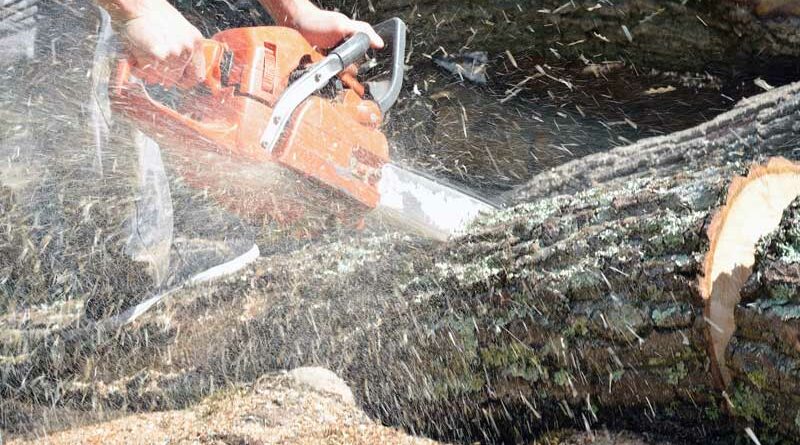Underbrush clearing refers to the process of removing small trees, shrubs, and other low-lying vegetation that grows under the canopy of larger trees. Underbrush clearing is often necessary to maintain healthy forests, promote the growth of desirable tree species, and reduce the risk of wildfire.
Underbrush clearing is typically done using mechanical equipment such as chainsaws, brush cutters, and mowers. In some cases, controlled burning may also be used to remove underbrush. The equipment used for underbrush clearing should be carefully chosen to avoid damaging the surrounding trees or disturbing the soil.
One of the main reasons for underbrush clearing is to promote the growth of desirable tree species. Underbrush can compete with larger trees for resources such as sunlight, water, and nutrients. This can lead to stunted growth or even death of the larger trees. Removing underbrush allows more sunlight to reach the forest floor, which can stimulate the growth of new trees and improve the overall health of the forest.
Another important reason for underbrush clearing is to reduce the risk of wildfire. Underbrush can provide a fuel source for wildfires, especially during dry periods. By removing underbrush, the risk of fire can be reduced and the safety of nearby communities can be improved.
Underbrush clearing can also provide economic benefits. In some cases, the removed underbrush can be used as a source of biomass for energy production or as a feedstock for the manufacture of paper products. Additionally, by promoting the growth of desirable tree species, underbrush clearing can lead to increased timber yields.
While underbrush clearing can provide many benefits, it is important to take care to minimize any negative impacts on the environment. For example, clearing underbrush can disturb the soil and lead to erosion. To mitigate this risk, erosion control measures such as the use of mulch or erosion blankets should be used. Additionally, care should be taken to avoid damaging any wildlife habitat that may be present in the area.
In conclusion, underbrush clearing is an important process for maintaining healthy forests, reducing the risk of wildfire, and promoting economic growth. However, it should be done carefully to minimize any negative impacts on the environment. By using the right equipment, taking care to avoid soil disturbance, and protecting wildlife habitat, underbrush clearing can be a valuable tool for managing forests and promoting sustainable growth.

